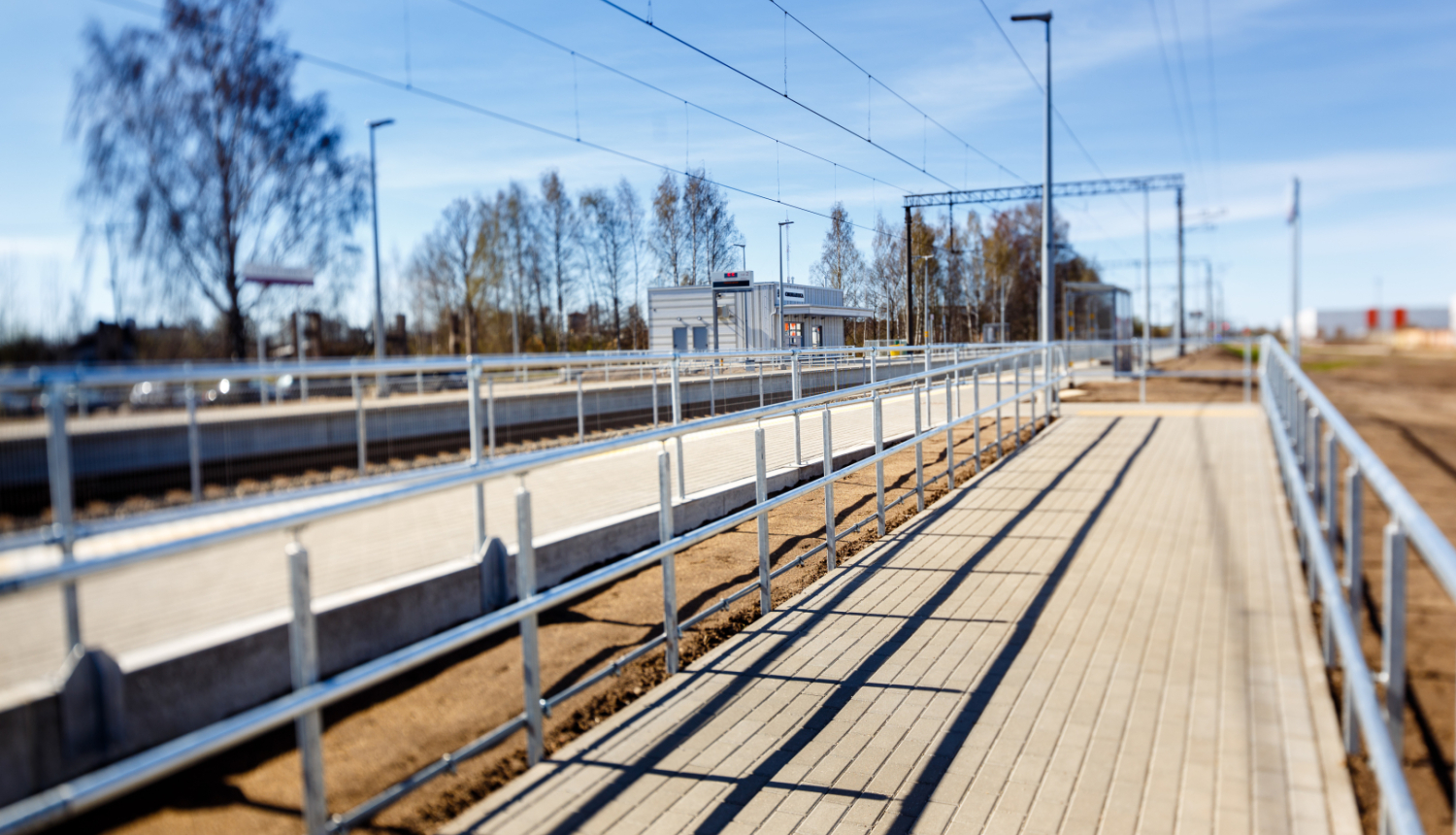BAKU, Azerbaijan, October 8. On Tuesday, October 7, the government approved new Cabinet regulations prepared by the Ministry of Transport, setting the framework for the modernization of Latvia’s railway infrastructure, Trend reports.
The projects will be implemented by the state-owned company 'Latvijas dzelzceļš' (Latvian Railways) under the European Union Cohesion Policy Program for 2021–2027.
A total of 118.6 million euros has been allocated for railway modernization, including 100.8 million euros from the Cohesion Fund and 17.8 million euros from the state budget.
“Passengers have already recognized the comfort of the new electric trains—last year, ridership increased by 15 percent, and the trend continues. The planned modernization projects will further improve mobility and accessibility for all residents, enhance comfort and safety, and contribute to sustainable mobility and regional connectivity in line with Europe’s green goals,” said Minister of Transport Atis Švinka.
The program aims to strengthen rail as the backbone of public transport by upgrading existing electrified networks, expanding electrification, improving passenger service quality and safety, and modernizing railway communication and information systems to meet EU standards. The investment will support construction, reconstruction, and renovation of railway infrastructure to ensure full integration into the TEN-T network and greater energy efficiency in public transport.
By December 31, 2029, Latvian Railways plans to complete three major projects: modernization of 20 passenger platforms across routes including Riga–Liepāja, Riga–Lugaži–State Border, Krustpils–Daugavpils, Krustpils–Rēzekne, Riga–Aizkraukle, and Riga–Tukums II; increasing train speeds to 140 km/h on the Sloka–Tukums II section; and implementing a new-generation railway radio communication system with 20 mobile 5G base stations.
The project is already hitting the ground running—five procurements have been rolled out for platform modernization, and the candidate evaluation is in full swing. Once completed, the upgraded stations and stops will be modern, safe, and convenient, encouraging even more residents to choose rail as their daily mode of transport. Increased train speeds and punctuality are expected to make rail travel an even more attractive option for everyday mobility.
Tracing the historical trajectory, the inception of Latvian rail infrastructure commenced with the establishment of the Saint Petersburg–Warsaw Railway in 1860, culminating in the operational launch of the inaugural line within the region, connecting Riga to Daugavpils, in 1861. The organizational framework of Latvian State Railways (Latvijas valsts dzelzceļi) was formally instituted on August 5, 1919, to oversee the operational infrastructure subsequent to the nation’s sovereignty.
Stay up-to-date with more news on Trend News Agency's WhatsApp channel







